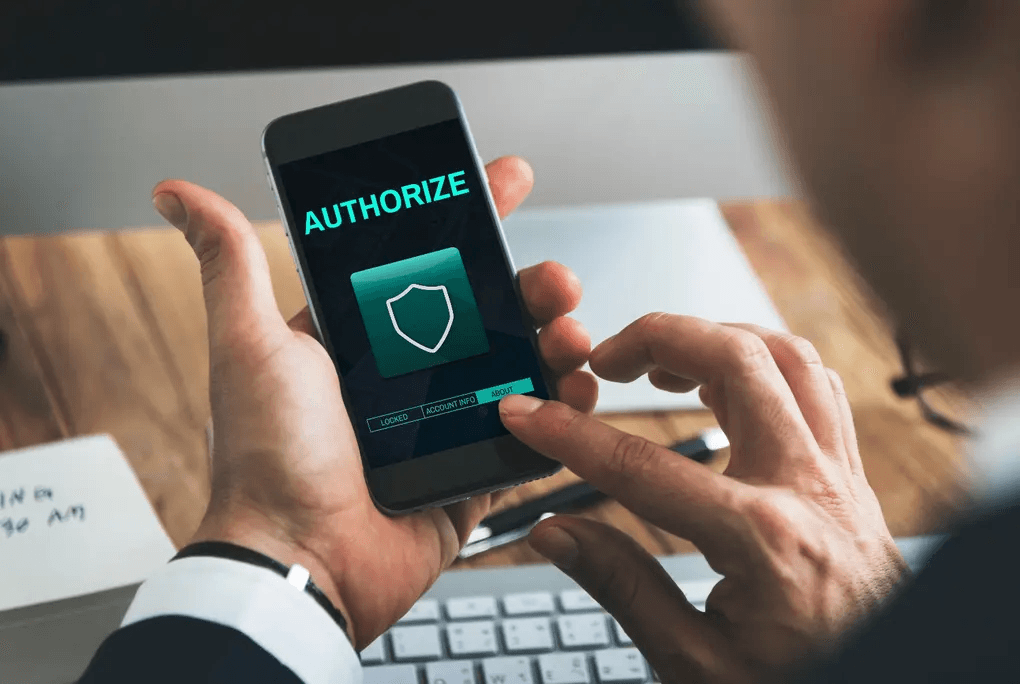Multi-Factor Authentication 101 Key Tips to Prevent Account Takeovers

Understanding Multi-Factor Authentication and Its Importance
Multi-Factor Authentication (MFA) is a security measure that requires more than one form of verification to access an account. This approach significantly enhances security by making it much harder for unauthorized users to gain access, even if they have compromised a password.
In an era where cyber threats are increasingly sophisticated, MFA acts as a crucial barrier against account takeovers and data breaches. By combining something you know (like a password), something you have (like a smartphone), and something you are (like a fingerprint), MFA provides a layered defense that greatly reduces the risk of unauthorized access.
Common Types of Multi-Factor Authentication Methods
There are several common methods of multi-factor authentication that users can implement. The most widely used include SMS or email verification codes, authentication apps like Google Authenticator, and hardware tokens such as YubiKey.
Biometric authentication, which uses fingerprints or facial recognition, is also becoming increasingly popular. Each method has its own strengths and weaknesses, and understanding these can help users choose the best option for their needs.
How to Set Up Multi-Factor Authentication on Popular Platforms
Setting up multi-factor authentication is generally straightforward on most popular platforms. For instance, on Google, users can enable MFA by visiting their account security settings, where they can opt for a second verification step, such as an app or SMS code.
Similarly, platforms like Facebook, Twitter, and banking websites offer easy-to-follow instructions to activate MFA. It’s important to follow these steps carefully to ensure that your accounts are fully protected.
Best Practices for Maintaining Multi-Factor Authentication Security
While enabling MFA is a significant step toward securing your accounts, maintaining that security is equally important. Regularly review and update your authentication methods to ensure they are still effective and secure.
It’s also advisable to avoid using the same authentication method across multiple accounts. For example, if you rely on SMS codes for one account, consider using an authentication app for another. This way, if one method is compromised, your other accounts remain secure.
The Future of Multi-Factor Authentication: Trends and Innovations
The landscape of multi-factor authentication is continuously evolving. Emerging technologies such as passwordless authentication, which relies on biometric data or device recognition, are gaining traction as they offer a more seamless user experience without compromising security.
Additionally, advancements in artificial intelligence may lead to smarter authentication methods that can adapt to user behavior, making security even more robust while reducing friction for legitimate users.
Image by rawpixel.com on Freepik



